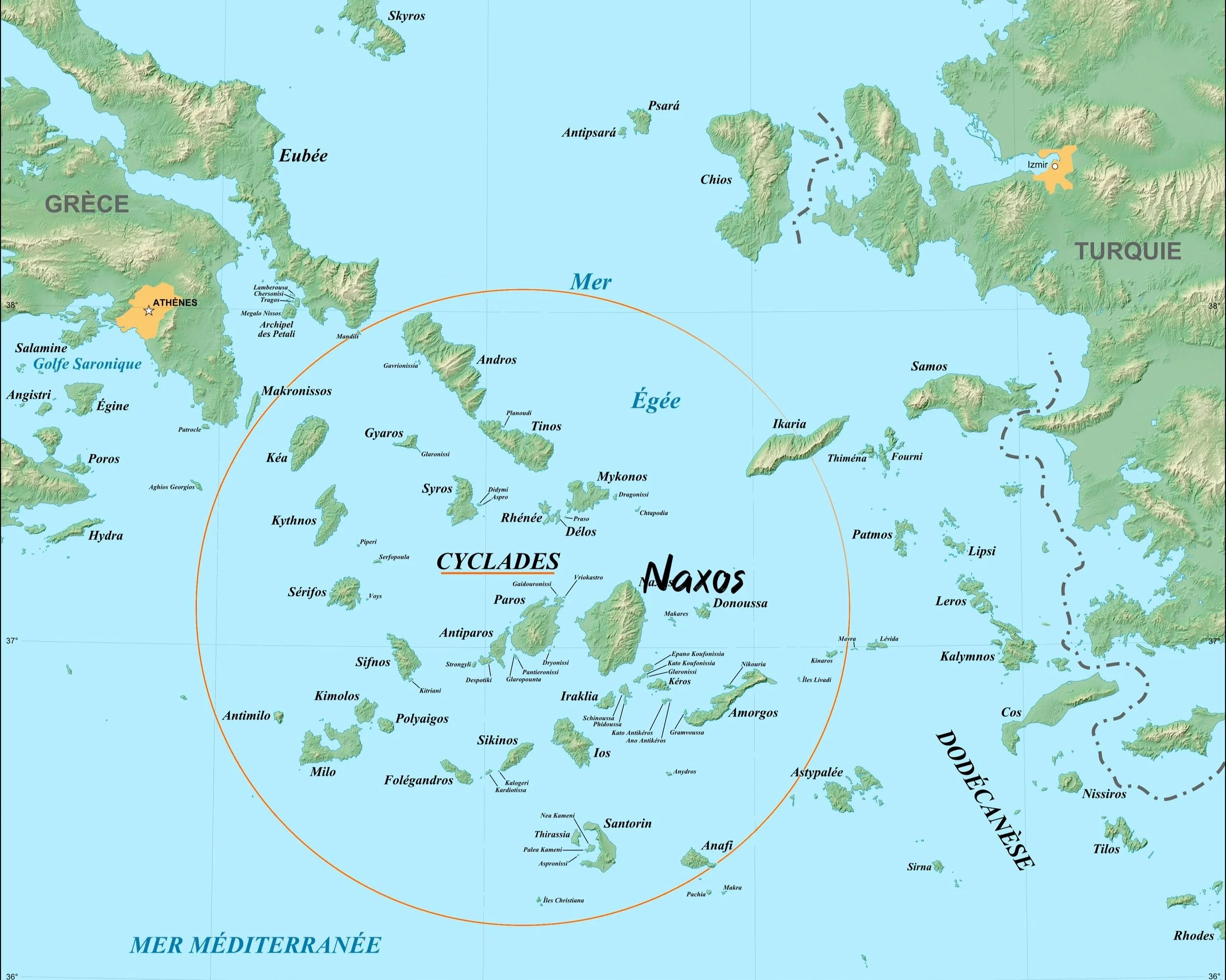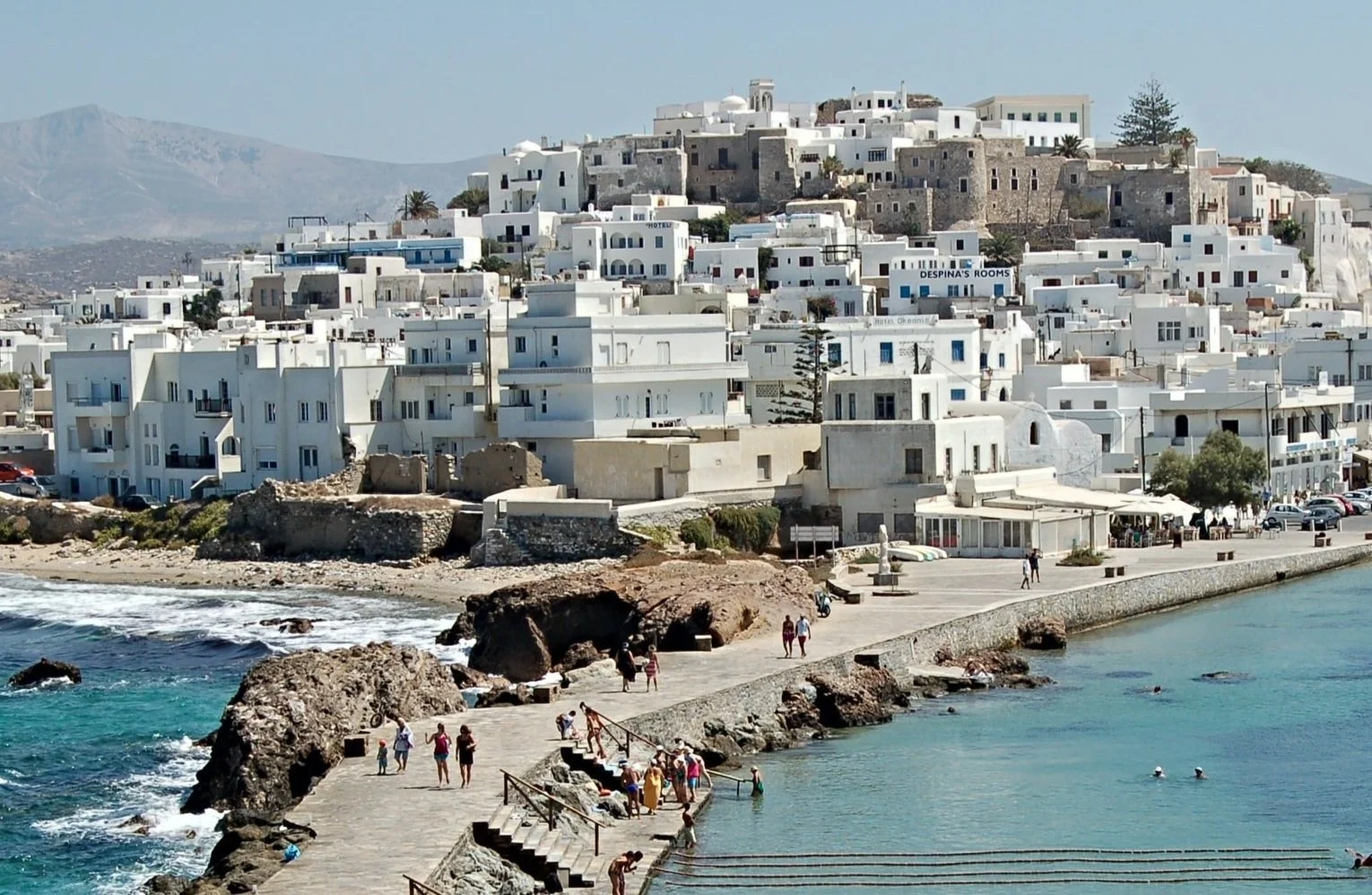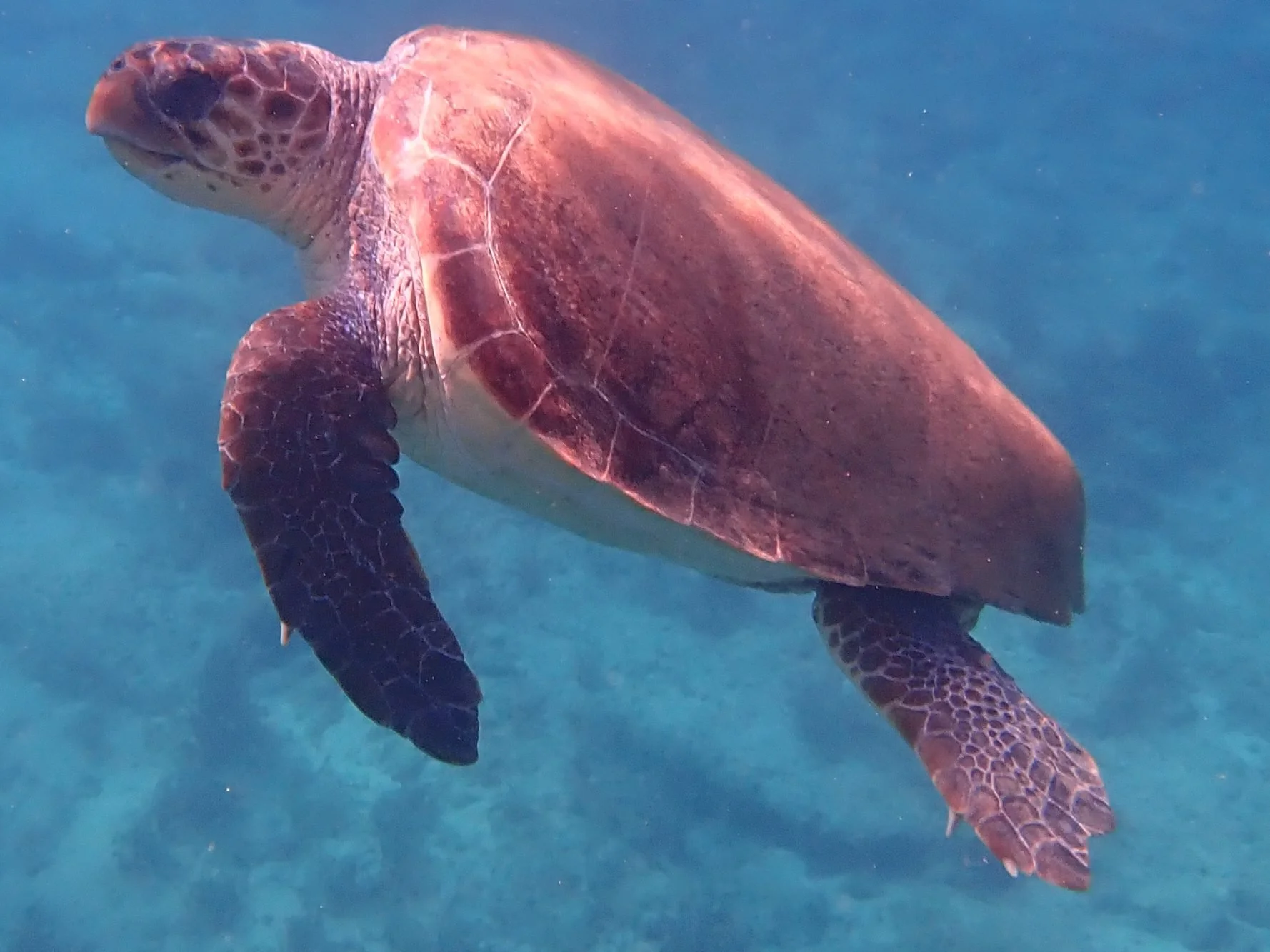
discover naxos
Naxos is the largest of the Cyclades islands and, definitely, one of the most beautiful Greek islands! It may be a short ferry ride away from the often visited Santorini, Paros and Mykonos islands, but Naxos is still relatively unknown, staying (so far) under the mainstream radar. Actually, Naxos is a paradise on earth.
Are you ready to discover it?
Map and Location
Naxos Greece sits in the center of Cyclades islands group, in the heart of the Aegean sea. It is the biggest and the greenest island of the Cyclades, boasting a magnificent natural landscape!
The island’s rich history is reflected in the many archaeological sites that embellish it. The most iconic of them -and the trademark of Naxos- is Portara, the remaining gate of an ancient temple dedicated to the Greek god Apollo.
Apart from its impressive monuments, though, Naxos boasts a beautiful natural landscape, as it is the greenest island of the Cyclades. Imposing mountains, green valleys, beautiful beaches, and rural villages will exalt nature lovers’ spirits! There are some beautiful rustic walks which take you through many villages and near to the Islands famous Kouros.
Architecture and the Castle!
Despite being relatively underrated, compared to the neighbouring Greek Islands, Naxos is one of the most interesting destinations in Greece! Its glorious ancient past and strong influences of the Venetians and the Franks are responsible for the abundance of ancient sites.
Naxos breathes history! Naxos Chora the main town of Naxos, is a wonderful mixture of Venetian and traditional Cycladic architecture. Above the Cycladic whitewashed houses of Chora stands the imposing Venetian castle, oozing a medieval charm!
The Kouros of Naxos
The Kouros of Naxos refers to several ancient Greek statues found on the island of Naxos in the Cyclades, renowned for their size and historical significance. These statues are part of the broader category of kouroi (plural of kouros), which are large, freestanding stone sculptures of young male figures that were commonly produced during the Archaic period of ancient Greece (circa 7th to 5th centuries BCE).
Key Facts about Kouros on Naxos:
Naxian Marble: Naxos was famous in antiquity for its high-quality marble, known as Naxian marble, which was prized by sculptors across the ancient Greek world. This marble was used in the production of these kouroi, and their craftsmanship reflects the island’s rich sculptural tradition.
The Apollonas Kouros: One of the most famous kouroi on Naxos is the Apollonas Kouros, located near the village of Apollonas in the northern part of the island. This statue, also called the Colossus of Dionysos, dates back to around the 7th century BCE and measures about 10.7 meters (35 feet) in length. The statue remains unfinished, lying on the ground at the ancient quarry where it was carved.
Iconography: It is thought to represent either the god Apollo or Dionysus, but it was left incomplete due to a flaw in the stone or a shift in political or economic priorities.
Condition: The kouros is still in situ, with its unfinished form making it a striking representation of ancient Greek sculptural practices and the challenges of working with marble.
Style: The kouroi on Naxos exhibit typical characteristics of Archaic Greek sculpture, including:
Rigid Posture: The figures are depicted in a frontal, upright stance, with one foot slightly forward (usually the left foot), which was a convention in early Greek art borrowed from Egyptian models.
Idealised Form: The kouroi are not portraits but rather idealized representations of youthful male beauty, typically shown nude to emphasize physical perfection.
Archaic Smile: One common feature of kouroi statues is the so-called "Archaic smile," a slightly upturned mouth that was used to give the figures a sense of life or vitality.
Cultural and Religious Significance: Kouroi were often erected as grave markers, votive offerings, or representations of gods or heroes. The kouroi on Naxos, particularly the Apollonas Kouros, may have been intended as a votive offering to the gods, possibly Apollo or Dionysus, given the religious significance of Naxos as a sanctuary of Apollo and other deities.
Naxos' Role in Ancient Greek Art: Naxos was a leading center of art and sculpture during the Archaic period, and the kouroi produced on the island are testament to the high level of skill achieved by Naxian sculptors. The island also played a crucial role in the development of large-scale sculpture in ancient Greece.
Food & Drink
Hundreds of traditional Naxos food recipes have been handed down from generation to generation and a plethora of flavorful dishes is waiting for you to taste once you’re on Naxos! Naxos’ traditional food is an important source of many nutrients, and its local cuisine with its traditional food recipes operates as an expression of its cultural identity, it’s very tasty, and more nutritious since it arrives from indigenous and traditional crops that are rich in micro nutrients.
What you will enjoy in Naxos except the Greek sun and beaches is excellent local food undoubtedly produced by the finest local ingredients and traditional Naxos food recipes that will satisfy your palette with their richness of tastes.
Good cooking is all about good ingredients. The mainland and the northern parts of the island are the main suppliers of a wide range of quality products.
WALKING IN NAXOS
Zas Mountain, also known as Mount Zas or Za, is the highest peak on the Greek island of Naxos, standing at 1,004 meters (3,294 feet). It is named after the Greek god Zeus, who, according to mythology, was raised in a cave on this mountain. Hikers often explore its scenic trails, leading to panoramic views of the surrounding Aegean Sea. The mountain's limestone terrain features unique flora and fauna. One of the main attractions is the Cave of Zas, a significant archaeological site. Mount Zas offers a blend of natural beauty and mythological history, attracting adventurers and history enthusiasts alike.
Beaches & Swimming
Naxos, the largest island in the Cyclades, is renowned for its stunning beaches, each offering unique features. Here are some of the best beaches on the island
1. Agios Prokopios
Features: Long stretch of golden sand, crystal-clear turquoise waters.
Amenities: Sunbeds, umbrellas, beach bars, and restaurants.
Vibe: Ideal for families and water sports enthusiasts.
2. Agia Anna
Features: A continuation of Agios Prokopios, with soft sand and calm waters.
Amenities: Cozy beach bars and tavernas nearby.
Vibe: Relaxed and scenic, perfect for a laid-back beach day.
3. Plaka Beach
Features: Endless sandy beach with dunes and shallow waters.
Amenities: Mix of organized spots with sunbeds and untouched areas for solitude.
Vibe: Popular among couples and naturists.
4. Mikri Vigla
Features: Two distinct beaches divided by a rocky hill – one calm and one windy.
Activities: Ideal for kite and windsurfing on the windy side.
Vibe: Adventurous, with a peaceful option for relaxation.
5. Alyko Beach
Features: Surrounded by cedar forests and dramatic sand dunes.
Amenities: No major facilities, offering a natural escape.
Vibe: Quiet and secluded, perfect for nature lovers.
6. Pyrgaki Beach
Features: Small, serene beach with clear waters.
Amenities: A few tavernas and minimal facilities.
Vibe: Ideal for escaping the crowds.
7. Orkos Beach
Features: A series of small coves with pristine waters and golden sand.
Amenities: Some accommodations and limited facilities.
Vibe: Peaceful and charming, great for exploration.
8. Apollonas Beach
Features: Small beach in a traditional village, featuring a giant statue of Kouros nearby.
Amenities: Local tavernas serving fresh seafood.
Vibe: Authentic and cultural.
9. Abram Beach
Features: Pebbled beach with a tranquil setting.
Amenities: Basic facilities and a small taverna.
Vibe: Remote and peaceful, away from tourist crowds.
10. Hawaii Beach
Features: Exotic vibe with turquoise waters and white sand, accessed via a dirt path.
Amenities: Completely natural, no facilities.
Vibe: Untouched and picturesque, perfect for adventurers.
Each beach offers a unique experience, ranging from family-friendly spots to remote, serene hideaways.









